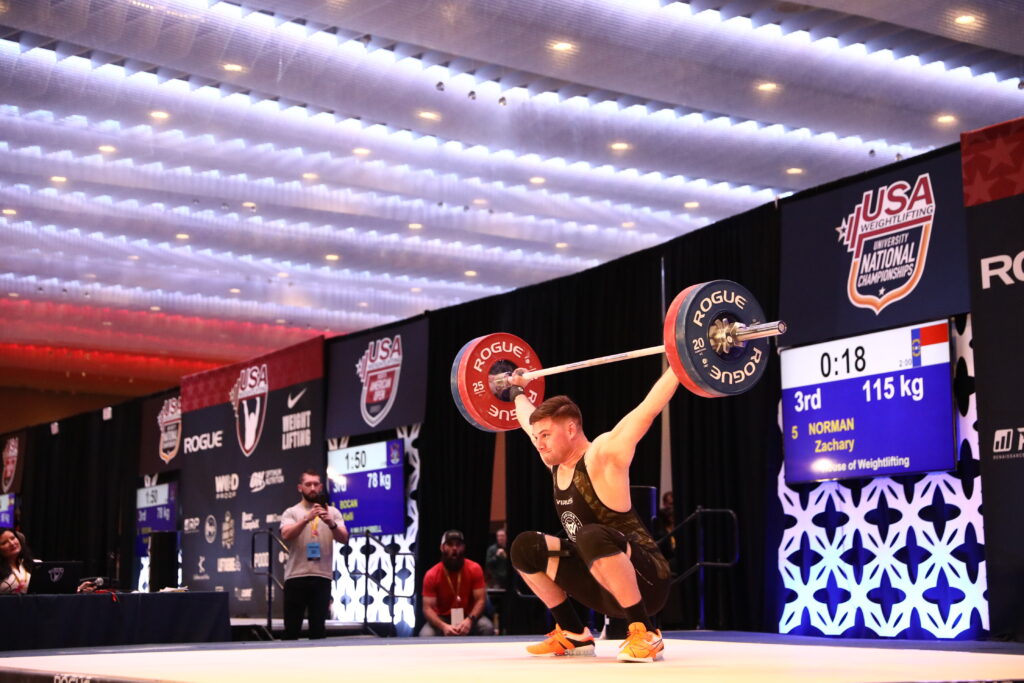Weightlifting training is fun! You are throwing heavy weights around, jumping under moving objects, and testing your own physical and mental strength every rep! Some of the not so fun things are stretching, ice bath/sauna, meal preparation, winding down to get to sleep early, etc. These are often viewed as chores or obstacles. I recently read this quote from James Clear who presented a good perspective on these small things that will make such a huge impact on your weightlifting.
“Many people view their habits and routines as obstacles or, at the very least, obligations to get through. Making the morning coffee, driving your kids to the next activity, preparing the next meal—we often see our routines as chores to be completed.
But these are not moments to be dismissed. They are life. Making coffee can be a peaceful ritual—perhaps even a fulfilling one—if done with care rather than rushed to completion. It’s about the amount of attention you devote to these simple moments, and whether you choose to appreciate them or bulldoze through them on the way to the next task.
Find the beauty and joy in your daily rituals and you will find beauty and joy in your daily life. To love your habits is to love your days, and to love your days is to love your life.”
Try this perspective out next time you stretch, just be in the moment and appreciate the activity for what it is!






